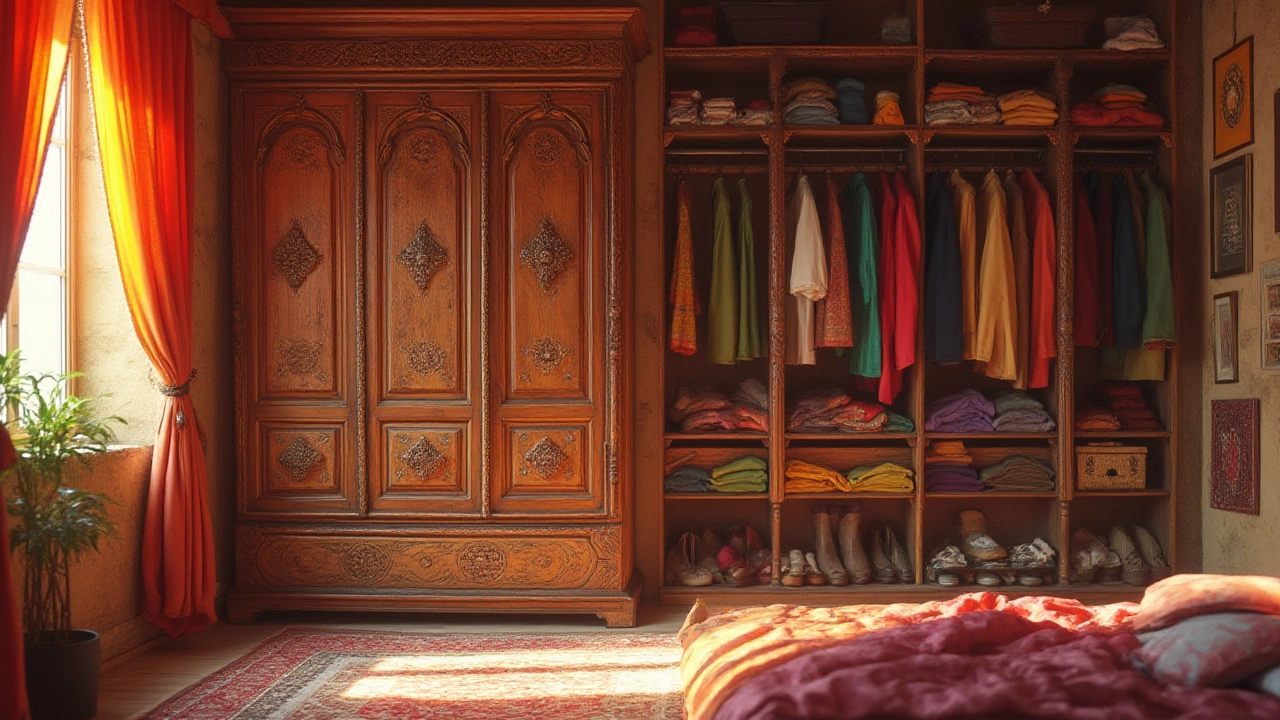Wardrobes vs Closets: What Sets Them Apart and How to Choose
When you hear the words “wardrobe” or “closet,” you might think they’re the same thing. In reality, they serve different purposes, look different, and can cost very different amounts. Knowing the basics helps you avoid a costly mistake and pick the storage that actually fits your space and style.
First off, a wardrobe is a freestanding piece of furniture you can move around. It usually has doors, shelves, and a hanging rod all built into a single unit. A closet, on the other hand, is a built‑in space within a wall. It can be as simple as a small nook or as elaborate as a walk‑in closet with multiple sections.
Design and Space Differences
Because wardrobes stand on their own, you can choose the exact size, wood finish, and hardware that match your room. They work well in apartments where you can’t change the wall layout. Closets take up the room’s footprint permanently, so they’re better for houses where you can plan the layout during construction or remodel.
Walk‑in wardrobes are basically mini‑rooms for clothes. They let you add islands, lighting, and even seating. A standard closet might just be a single rod with a couple of shelves. If you need room for shoes, accessories, and seasonal items, a walk‑in closet offers far more flexibility.
Cost, Quality and Choosing What Fits
Wardrobes can range from a cheap particle‑board unit to a high‑end solid‑wood piece. The price usually reflects the material, hardware quality, and brand. Closets tend to be pricier overall because they involve construction work, plastering, and sometimes custom carpentry.
Think about how you use the space. If you only need a place to hang coats and store a few basics, a wardrobe might be enough. If you have a large clothing collection, want a dedicated dressing area, or love organized storage, investing in a closet—especially a walk‑in—makes sense.
Another factor is future flexibility. A wardrobe can be sold or moved if you relocate, while a closet is stuck to the house. If you’re renting or planning to move in a few years, a wardrobe is the safer bet.When you compare prices, remember to count hidden costs. Installing a closet may require electrical work for lighting, drywall repair, or even moving HVAC ducts. Those add up quickly.
Finally, match the look of the storage to the rest of the room. A sleek, matte‑finish wardrobe can blend with a modern living room, while a classic wood closet with paneling fits a traditional bedroom. Consistency in style makes the space feel cohesive.
Bottom line: wardrobes give you portability and design freedom, closets provide built‑in space and can be customized for serious organization. Decide what matters most—mobility, budget, or storage capacity—and pick the option that lines up with your needs.
Wardrobes vs Closets: What's the Difference and Which Is Right for Your Home?
Are wardrobes considered closets? Learn the real differences, history, and how to choose the right storage for your space. Get practical tips for home organization.





